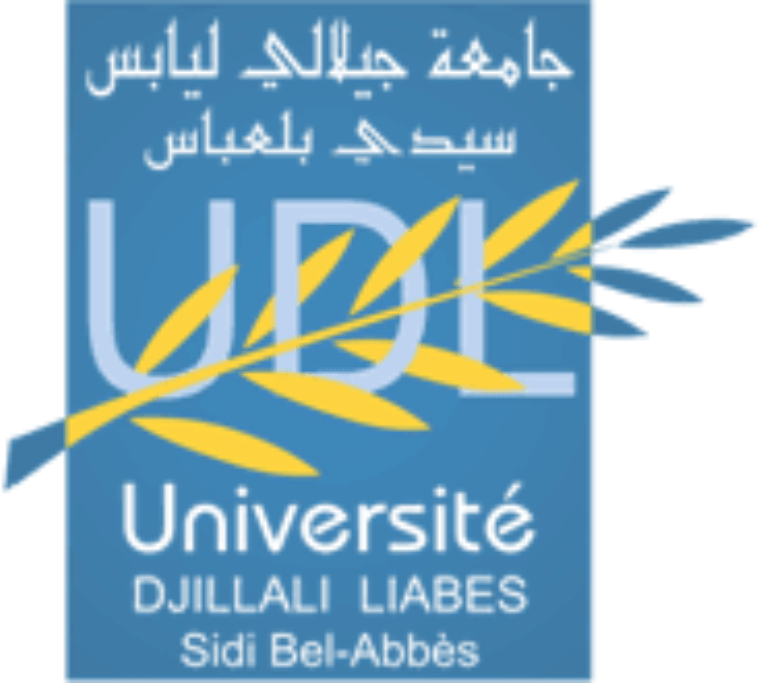Los Grandes Desafios De La Traduccion Del Coran Abdel Ghani Melara Naviío Y Julio Cortés En Su Traduccion De (sura Yusuf- José) Ejemplo Ilustrativo.
Résumé: Actualmente se observa una profusión de las versiones coránicas al español efectuadas por conversos debido a la globalización que ha originado un interés hacia la cultura islámica y Alcorán. Este artículo revela una pequeña comparación en la traducción del sentido del Corán al idioma español, que recibió gran atención entre los traductores. A lo largo de estos folios, aludimos a dos traductores conocidos en el campo de traducción por su prudencia y honestad. Se trata de Abdul Ghani Melara Navío que viene desplegando una fructífera línea de investigación sobre la interpretación y traducción del sentido de Alcorán con la lectura de Warsh y el arabista universitario español Julio Cortés Soroa que hizo un gran esfuerzo para traducir las versiones coránicas al español con la lectura de Hafs. Por lo tanto, en las páginas que siguen ofrecemos, en primer lugar, un antecedente histórico del campo de la traducción en el ámbito hispano que ha generado una sobria bibliografía a gran velocidad hasta la fecha y en segundo lugar, presentamos una comparación de la traducción del sentido de Alcorán tomando como ejemplo ilustrativo Surat Yusuf o José, intentando exponer las semejanzas y las diferencias de las técnicas lingüísticas de esas dos traducciones. يتناول هذا البحث مقارنة في ترجمة القران الكريم الى اللغة الاسبانية التي حظيت اهتماما كبيرا بين المترجمين , في هذا المقال اصطفينا فقط مترجمين معروفين في ساحة الترجمة لكتاب الله عز وجل وهما عبد الغاني ميلارا و خوليو كورتيس. فالأول اختار ترجمته برواية ورش وأعاد اصدارها مجمع الملك فهد لطباعة نص القران كما تم تحريره من قبل الناشر نوردونا والثاني أصبحت ترجمته لمعاني القران تتلقى صدى كبيرا بين الناطقين للاسبانية وهذا راجع الى سهولة الشرح وأيضا قد تمت مراجعتها من قبل المركز الثقافي بسلفادور تحت عنوان ترجمة القران الكريم وكانت برواية حفص. اذا في هذا المقال سنحاول تسليط الضوء على هاتين الترجمتين وعرض اوجه التشابه والاختلاف بينها في سورة يوسف كأنموذجا لأنه كما سنرى هناك بعض الثغرات أو الأخطاء الموجودة التي أدت الى اختلاس المعنى وهذا لأن النص القرآني احتوى على ألفاظ وعبارات مطلقة ومقيدة صعبت على المترجم. لكن هذا لا يمنع أبدا المجهود المبدل منهما في ترجمة معاني القران الكريم الى اللغة الاسبانية. My article has as its cardinal objective to show two different translations of the meaning of the Koran, using Sura Usuf or José as an illustrative example. My study is based on a small comparison between two known and modern translators. The first is the Spanish linguist Julio Cortés; It was very faithful in its translation and was examined and reissued in 2005 by the Islamic Cultural Centre "Fátimah Az-Zahra" of Salvador under the title "The Holy Quran" with Hafs reading and the other is the philologist and Arabist Abdel Ghani Melara whose translation is "The Noble Quran and its translation commentary in Spanish language" with the reading of Warsh and reprinted by King Fahd's complex for printing the text of the Quran and was also published by the Spanish publisher Nuredduna.
Mots-clès:
Publié dans la revue: الحوار المتوسطي
Nos services universitaires et académiques
Thèses-Algérie vous propose ses divers services d’édition: mise en page, révision, correction, traduction, analyse du plagiat, ainsi que la réalisation des supports graphiques et de présentation (Slideshows).
Obtenez dès à présent et en toute facilité votre devis gratuit et une estimation de la durée de réalisation et bénéficiez d'une qualité de travail irréprochable et d'un temps de livraison imbattable!


